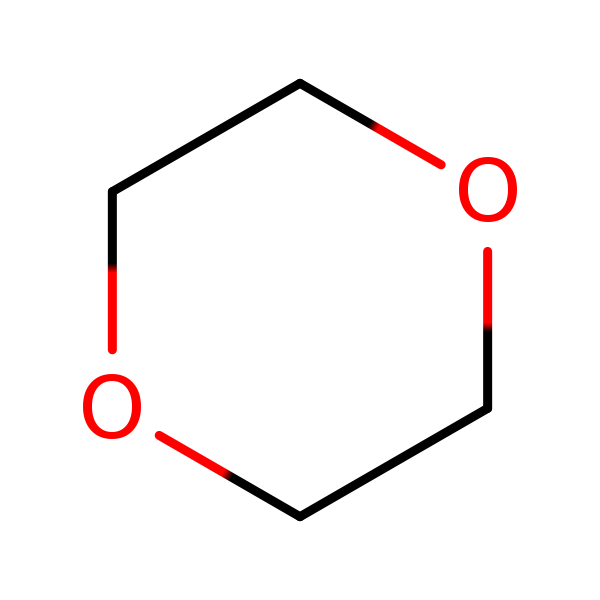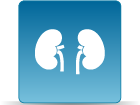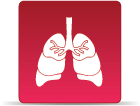1,4-Dioxane
CASRN 123-91-1 | DTXSID4020533
- Toxicological Review (PDF) (419 pp, 3.5 MB, about PDF)
- IRIS Summary (PDF) (32 pp, 284.2 KB, about PDF)
IRIS Toxicological Review of 1,4-Dioxane (Final Report, 2010)
On this page:
Overview
EPA announced the release of the final report, Toxicological Review of 1,4-Dioxane (CAS No. 123-91-1): In Support of Summary Information on the Integrated Risk Information System (IRIS). The final Toxicological Review of 1,4-dioxane provides scientific support and rationale for the hazard and dose-response assessment pertaining to chronic exposure to 1,4-dioxane. Human health risk concerns for 1,4-dioxane are primarily related to exposure from drinking, ground, and surface waters, although these exposure concerns have not been well characterized. 1,4-Dioxane is commonly used as a solvent, cleaning agent, chemical stabilizer, surface coatings, adhesive agent, and an ingredient in chemical manufacture.This assessment contains the derivation of a chronic reference dose and cancer oral slope factor.| Date | Description |
|---|---|
| Aug 1988 | EPA released the assessment for 1,4-Dioxane. |
| Oct 2003 | The IRIS reassessment of 1,4-dioxane was started. |
| May 2009 | EPA released an external review draft for public review and comment. |
| Sep 2009 | EPA hosted an interagency science discussion on the review of the draft Toxicological Review of 1,4-dioxane. |
| Aug 2010 | EPA releases the final report and the interagency review draft with comments. |
Download(s)
This document has been reviewed in accordance with U.S. Environmental Protection Agency policy and approved for publication. Mention of trade names or commercial products does not constitute endorsement or recommendation for use.
- IRIS Toxicological Review and Summary Documents for 1,4 Dioxane (2010 Final) (PDF) (319 pp, 3.8 MB, about PDF)
- IRIS Summary of 1,4 Dioxane
If you have a disability and the format of any material on our web pages interferes with your ability to access the information, please reach out to us using the Contact Us about IRIS form for assistance. To enable us to respond in a manner most helpful to you, please indicate the nature of the accessibility problem, the web address of the requested material, your preferred format in which you want to receive the material (electronic format (ASCII, etc.), standard print, large print, etc.), and your contact information.
Related Links
Critical Effect Systems
Tumor Sites
Chemical Structure for
1,4-Dioxane

Synonyms
- diethylene dioxide
- diethylene ether
- diethylene oxide
- dioxane
- dioxane, 1,4-
- dioxyethylene ether
- p-dioxane
- 1,4-diethylene dioxide
- 1,4-dioxane
- 123-91-1









